Pay almost anywhere.
Check out quickly in millions of places online, in-app, and in-store.
Help keep your account info safe.
Google Pay protects your payment info with multiple layers of security, using one of the world’s most advanced security infrastructures to help keep your information safe.
Payback is a cinch.
Even if your friends don’t have Google Pay, you can still go halfsies using a phone number or email.
Earn more rewards.
Add loyalty cards, gift cards, and offers to Google Pay, and never miss a chance to earn rewards. With select merchants, you’ll even get special offers and reminders to use your cards.
Featured apps & sites
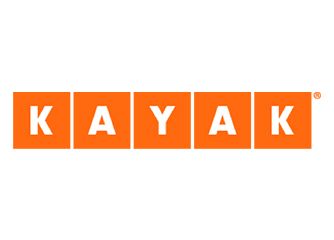
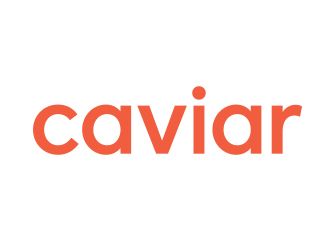
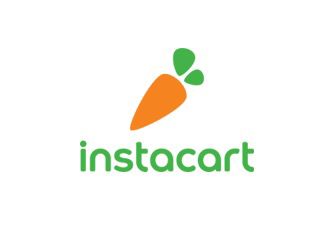
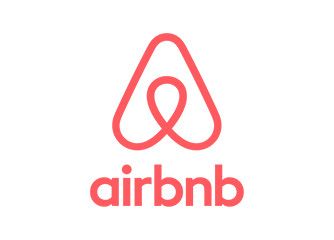


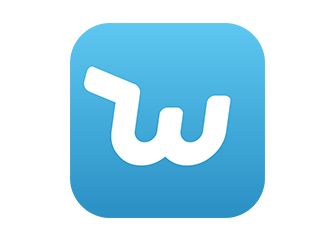

Google Pay and Google Play are trademarks of Google LLC.
Featured stores


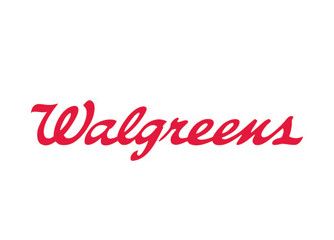
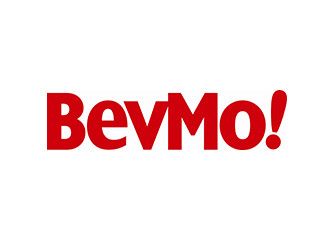
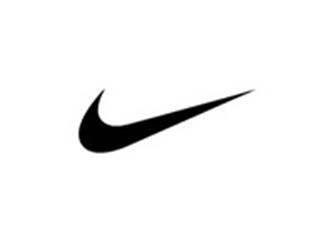

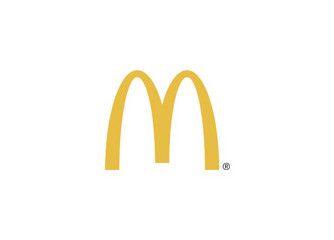

Google Pay and Google Play are trademarks of Google LLC.
Got questions?
-
Any Android smartphones running Lollipop 5.0 and above. To make in-store payments, your phone also needs to support NFC (Near Field Communication). To check for NFC, look for it on your phone’s Settings app.
-
Your credit and debit card information is assigned a unique virtual account number that’s used at checkout, so your full card details are never shared with the store. Think of it as a digital stand-in for your payment information. To view the last four or five digits of your virtual account number, go to the card details screen within the Google Pay app.
-
As long as you have an Android phone running on OS version Lollipop 5.0 (or higher) and is NFC and HCE enabled (majority of Android phones in the U.S.), you do not need to upgrade.
-
To return something you bought with Google Pay you'll need your store receipt, just like you would for any other purchase. If the merchant asks you to swipe your card, simply hold the back of your phone to the contactless payment terminal. For some returns, you might have to provide the last 4 digits of your virtual account number. You can find your virtual account number on the card details screen in your Google Pay app.
-
First, if the Google Pay app is not already featured as a preload on your Android device, download it from the Google Play Store.Second, you can add an eligible card by entering your account number manually or snapping a picture. If you already have a card linked to your Google account, you can simply add that card to the Google Pay app by confirming a few details.
-
Make sure the store accepts Google Pay. Google Pay works at over one million locations across the United States, wherever contactless payments are accepted. There are, however, some stores that accept contactless payments but do not accept Google Pay. In this case please use cash or your plastic debit or credit card to pay for your items. Verify Google Pay is the defaul
t-mobile payment app on your phone. -
With Google Pay, you can pay with your Android phone at hundreds of thousands of stores where you see contactless terminals with either of these logos:
You can also use Google Pay to check out in hundreds of apps (like Uber and Airbnb) without having to enter your payment information. Just look for the Buy with Google Pay button.
-
Yes, for participating banks, you will continue to receive all the security benefits and rewards of your cards. Contact your card issuer to learn about what rewards and benefits (such as purchase protection or insurance) you are eligible for.
-
When paying in-store:
- Simply unlock your device; there’s no need to open the app.
- Hold the back of your phone close to the contactless payment terminal for a few seconds.
- Your phone will beep or vibrate to show your payment was made. If Google Pay sends the payment info, you’ll see a blue check mark.
When paying within apps:
Simply look for the “Buy with Google Pay” button in the app to pay with google Pay. Just press the button and swiftly check out.
- Simply unlock your device; there’s no need to open the app.
-
We have a multi layered security approach with Google Pay. Payment information is encrypted and constantly monitored for malware and fraud. We don’t share the actual 16-digit card number with merchants during the transaction, and we don’t store it on the phone. If a phone gets lost or stolen, you can disable the account at any time, and because the actual card number is not stored on the device, there is no need to cancel it. Finally, we also use a dynamic security code that changes with each transaction, so that even if someone were to hijack a merchant, they wouldn’t get access to our users’ credentials. If your phone is ever lost or stolen, you can easily find, lock, and erase your phone using Google’s Find My Device app.
-
Visit our website (www.google.com/pay) to see a list of eligible payment cards. You can add major credit, debit, and prepaid cards to Google Pay. We are working to expand the number of payment cards; so check back soon or contact your bank if your card is not currently supported.
-
Google Pay lets you use your phone to pay in stores and in apps with most credit or debit cards, across all NFC-enabled Android devices.Google Wallet is now called Google Pay Send. You can use Google Pay Send to send, request, and receive money from other people. Google Pay Send features will be introduced in the Google Pay app in the U.S. in the future.
-
Google’s Find My Device app help you find, lock, and erase your phone. Also, you can simply search “Find my phone,” and Google will show you where it is on a map. Since your payment information is never stored in the phone, there’s no need to cancel your credit or debit card.

